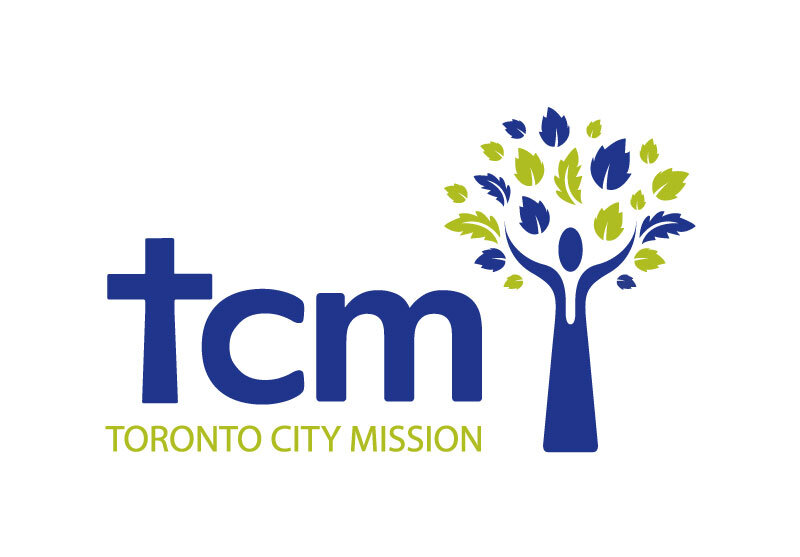By Lincoln Li, Outreach Worker in Flemingdon Park
Since we are in the middle of a pandemic issue here in Ontario, lots of children might be required to spend more time at home. Since school, after school programs and daycares are not up and running at this time, parents may worry about what they can do to help their child(ren) get up to speed with school. An important skill in school is literacy.
What is literacy?
The ability to read and write confidently.
Why is it important?
Because it is a big part of learning in school and in life.
Students need to be able to process and understand the information they learn and be able to respond– drawing from their own experiences to communicate what they know.
From an educational standpoint, teachers typically evaluate students’ learning through their academic performance, which is oftentimes through written and oral assignments. In order for them to perform at a high level, teachers need to ensure their students understand the information they are absorbing.
Here are some things you can do with your child(ren) at home to continue practicing and building up their skills:
Reading
Spend about 10-15 minutes reading with your child. You can break your reading time down into:
Before Reading:Ask your child what they think the book is about based on the cover art, title, expressions of characters, etc.
This allows them to draw back to their own experiences and be able to connect/relate to the book/character
During Reading:
Asking your child what they think will happen next based on the story so far
Encourage your child to sound out words they do not know and try to provide some sort of visual from the book for them to associate that word to
Look up the word with them and find an image online
If your child loses track of where they are reading, get them to use their pointer finger to guide them along the words
Look for words that rhyme, or a phrase that repeats over and over
After Reading:
Ask about where the story took place, the characters, the problem, how the problem was solved and/or the overall message of the story
This allows children to gather their thoughts and think about what they have read
Additional reading material ideas: Comics, visuals
Note: If your child can read independently, you can set a reading time for them everyday, but also be curious about what they are reading. Ask them questions about their book and why they find it enjoyable or not.
Note: If your child has no interest in reading books, try ones with lots of pictures. For older kids, comics, graphic novels are a good starting point (eg. “Diary of a Wimpy Kid” series, “Big Nate” series and “Smile”).
Note: When you read with your child, you can either:
Take turns reading
Have them read to you
Read aloud to them
Reading aloud may seem like your child(ren) is/are not learning, but you are actually displaying to them how they should be reading– in a clear, non-choppy, enthusiastic voice
2. Writing/Journal
Find some writing prompts and brainstorm ideas together, then spend about 10 minutes writing into a notebook/lined sheet of paper. You can find some writing prompts here.
3. Spelling
Sight words:
Sight words are words that are frequently used in everyday language. A large component of reading/writing is composed of the first 100 words
Knowing how to spell the words suggested by Sight Words and K12 Reader would be helpful for children in their reading/writing:
Make your own spelling flash cards with visuals
This is a fun way to fuse spelling and art for your child
A-Z Category
Write out each letter of the alphabet in the margins of a lined sheet of paper
Pick a category– any category (eg. animals, vegetables, Bible characters, superheroes, holiday-related, etc.)
Think, list and spell out animals that start with each letter. (eg. A - Alligator, B - Bees, C - Camel, etc.)
4. Practice word pronunciations - Phonics
This is important for sounding out words, which in turn improves their reading skills
Go through the alphabet and have the child get comfortable with letter sounds
You can add in some digraphs/blends as well
Making silly faces/sounds is a fun way for your child(ren) to learn the sounds of letters!
Practice, practice, practice. Practice makes progress.
When you first venture into any activity, the parent should take the lead so the child(ren) can model after them. This helps them come up with creative ideas. A little nudge or a prompt is all it takes! Doing the activities with them is a great way to spend time with them, but also allows you to identify their strengths and weaknesses in regards to literacy.
I hope this will be useful to all the parents/guardian(s) over the course of the next few weeks. If there are any suggestions you would like to add, please let me know!
Please stay encouraged and make sure to be safe and healthy during this time!
Additional Resources/Articles:
Online Reading Games: PBS Kids
Virtual Library: TDSB
Article: Supporting Your Child’s Literacy Development at Home
Article: Literacy at Home
Article: Teaching Strategies: Think-Alouds

